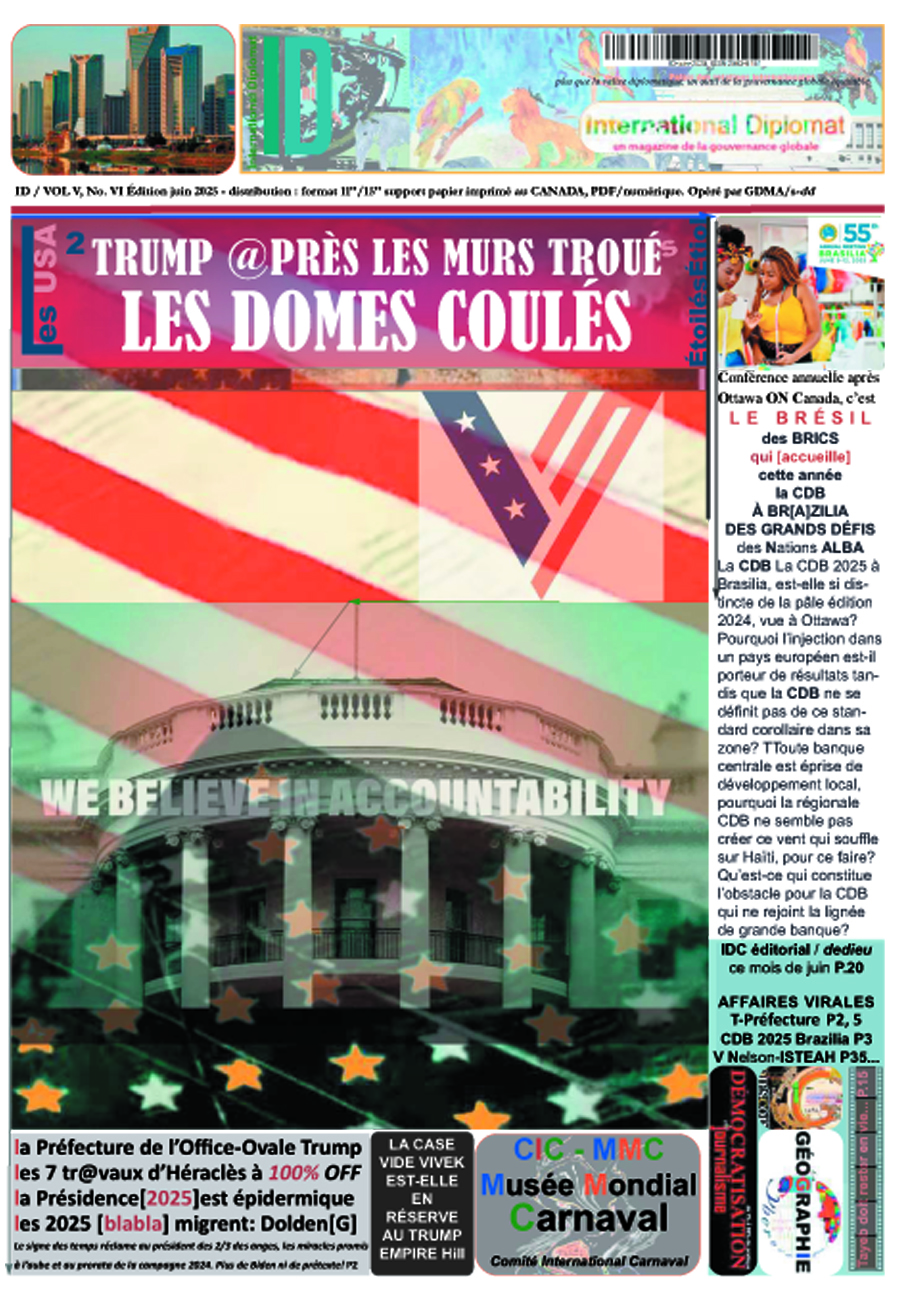Ukraine is the nation with its territory situated right in the Europe’s heart. Travelling the broad expanses of that country may be compared with kaleidoscope views: the picturesque sceneries of the Carpathian Mountains, the Black Sea, monumental religious architectural structures and Donbas dumps get mixed up like fancy designs on vyshyvankas (embroidered skirts) accompanied by the riot of colour of inhabitants of various regions. Really, beauty is in diversity.
But the struggle in the process of establishing the fundamentals of democracy of the Ukrainian society has thrown that people into the streak of political instability. Certain politicians have succeeded in using the Ukrainian mentality for the purpose of creating new machineries to come into power or to continue therein. There are, however, others, those who use their best efforts to find, in the Ukrainian ideology, fundamental ideas capable of consolidating the people under the joint banners of democracy and faith in the future.
The President of Ukraine Viktor Yushchenko has chosen as one of the principal lines of his activities the fight for the truth of the Ukrainian history, whose true colours are, unfortunately, still heavily veiled over. The events of 1932-33, which were married in both Ukrainian and world science as the years of the famine (in Ukrainian – Holodomor), are one of the shadiest and at the same time the most terrible chapters of Ukrainian nation’s modern history. The catastrophe of those distant times drought losses to the family of almost every Ukrainian and has become, thus, a force capable of consolidating the people in the desire to right the historical wrong for the sake of the unity, honour and freedom of the generations to come.
The 34th Session of the General Conference of UNESCO defined its position as to these events through the adoption of the resolution on honouring the memories of the victims of the Holodomor of 1932-1933 in Ukraine on November 1 earlier this year. The Ukrainian President noted that for the first time the global community (193 countries) made a consolidated decision of such scale – recognizing the Great Famine of 1932-1933; he welcomed the adoption by UNESCO of this resolution and said that the time would come when the most countries in the world recognize the Holodomor as an act of genocide against the Ukrainian people. Ukrainian scholars have proved that “the liquidation of the Ukrainian rural population through the Holodomor was a conscious and purposeful act of terrorism of the Bolshevistic regime in Ukraine”. This is evidenced undisputedly by archival documents of the Communist Party and Soviet punitive bodies. The following data is also a guide to the immensity of the catastrophe: the population of the Soviet Union decreased from 165 700 000 in the fall of 1933 down to 158 000 000 – by 7 700 000 in April 1933, mostly on account of the rural population. Its is impossible to comprehend the fact that in the XXth century mankind faced cannibalism as a common phenomena in these terrible years – people were ready to kill one of the members of their family in order to feed the others. This famine was caused by the confiscation in 1931 of the grain harvest until the summer of the year 1932, i.e. until a new harvest. Unlike 1931, in 1932, if peasants had no grain, their reserves of other food (that grain) were confiscated.
The Holodomor peaked in June 1933 when the statistics agencies recorded the tenfold, as compared with the usual, death-rate among the rural population. It is also known now that in fact not more then a half of the deaths were recorded. The analysis of data shows that the number of people who died from the famine in Ukraine in 1933 was 3 238 000 or, allowing for the lack of the data precision, 3 millions to 3,5 millions. In addition to the direct losses from the famine (i.e. from unnatural deaths), the indirect losses due to the decrease of the birth rate took place. The natural population growth in 1927 was 662 000 while in 1933 it was 97 000 (without taking into account the number of deaths due to famine), in 1934 it was only 88 000. By the modern scholars, these events are still projected on the Ukrainian demographic situation.
Only with the knowledge of these facts it may be understood why, during only the last year, the year of the 75th Anniversary of this catastrophe the Ukrainian President Viktor Youschenko visited many leaders of democracies asking them , in the name of the entire Ukrainian community, to recognize the 1932-1933 events as the Holodomor, as the crime against the Ukrainian people. The heart of any living organism is the centre of life. Ukraine is the centre of Europe. The European leaders should grasp the entire importance of the Ukrainian Holodomor issue and make the first move towards Viktor Youschenko, continuing a confident motion of Ukraine to the European Union towards democratic standards.





